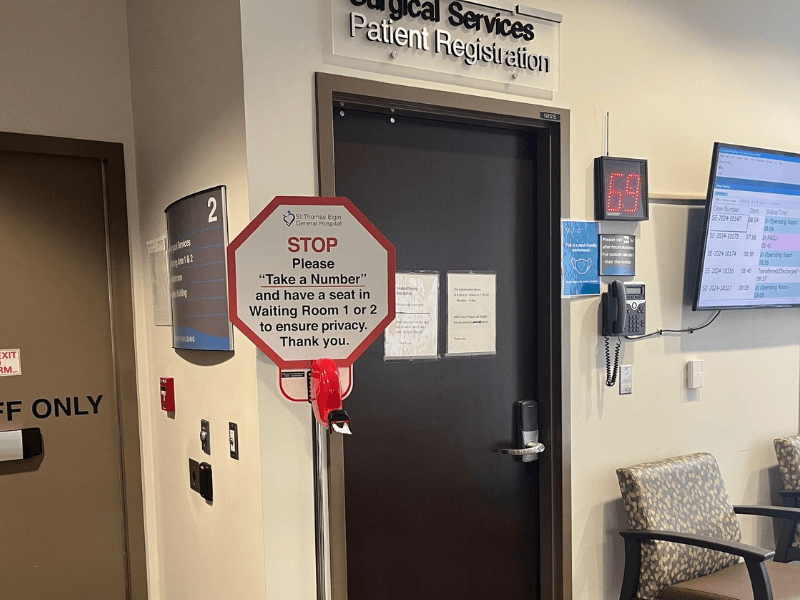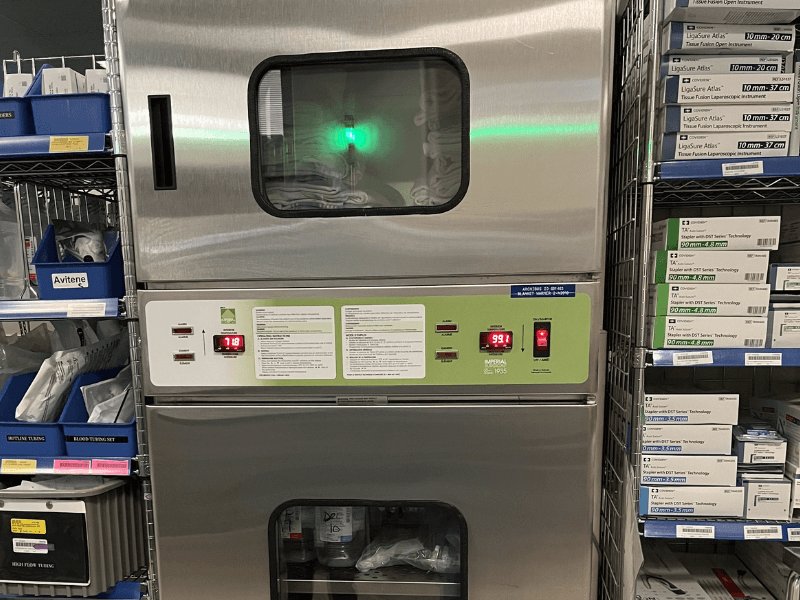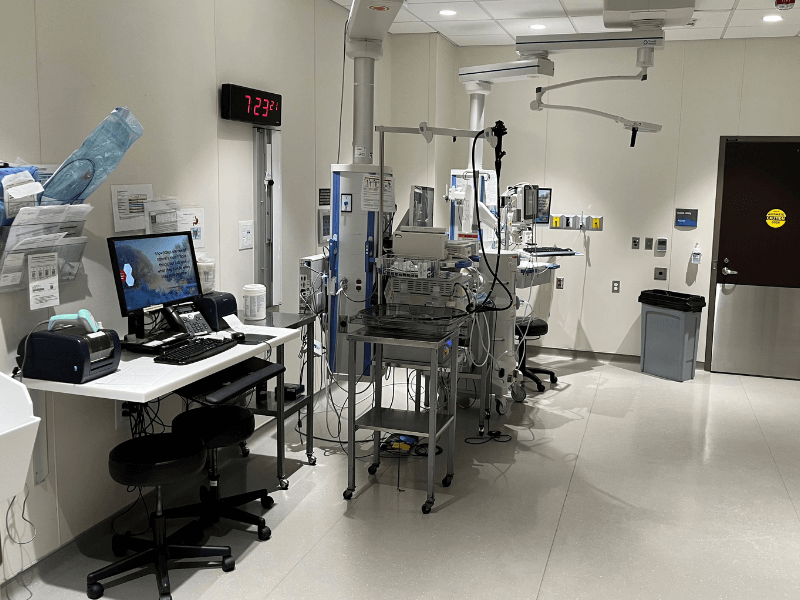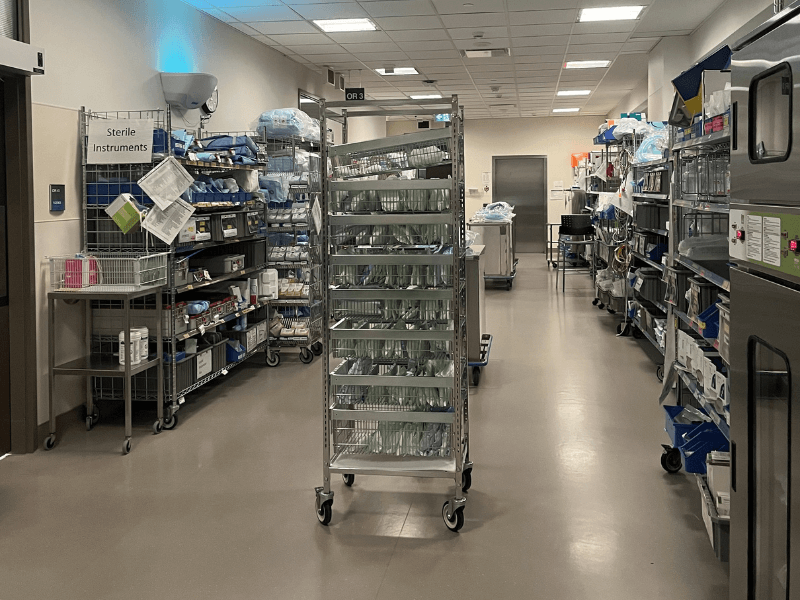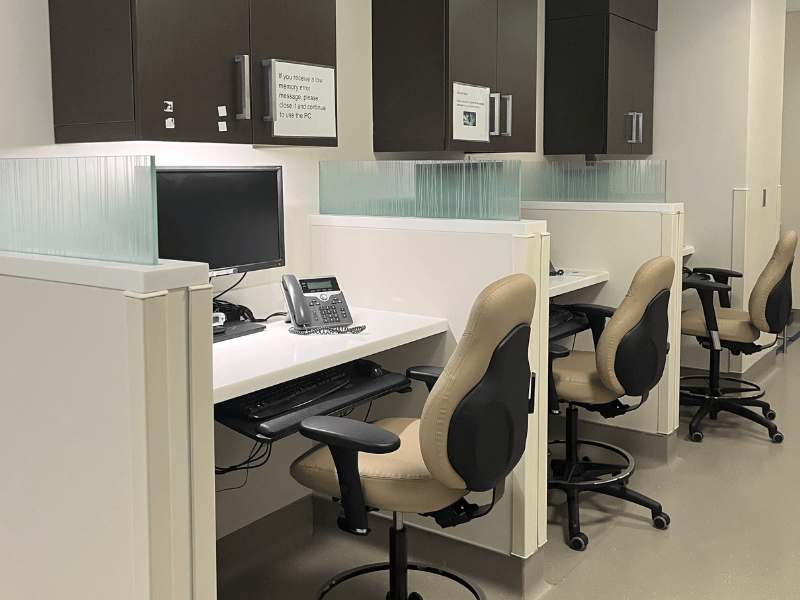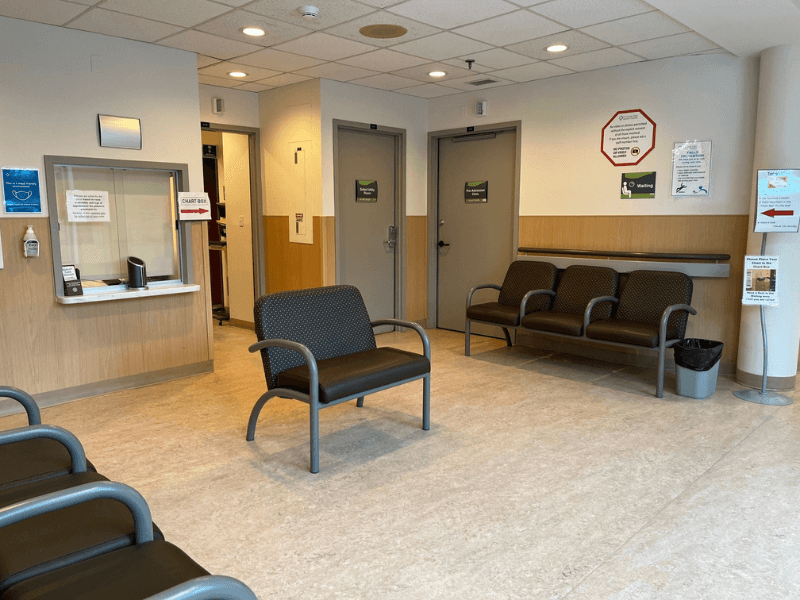Surgery Tour
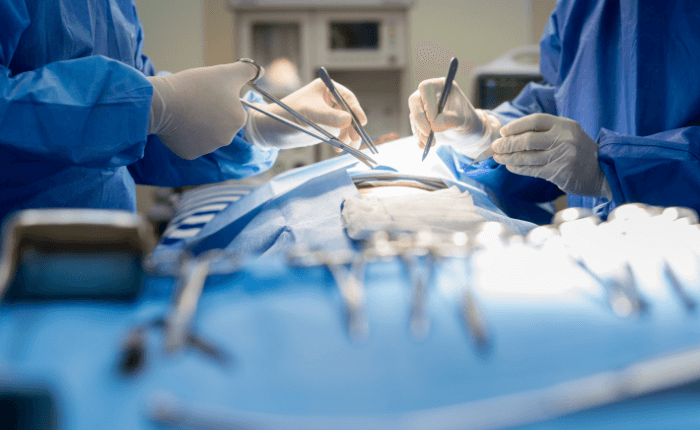
Welcome to Surgical Services.
Surgical Services at our hospital is dedicated to providing advanced care with precision and compassion. From state-of-the-art operating rooms to recovery areas designed for comfort and safety, every aspect of our surgical department is equipped to support patients through their journey.
Our skilled surgical team uses the latest techniques and technologies to ensure the best possible outcomes, whether for routine procedures or complex surgeries.
Take a virtual tour through Surgical Services to see what you can expect during your visit. From pre-operative preparation to post-operative care, these images will guide you every step of the way.
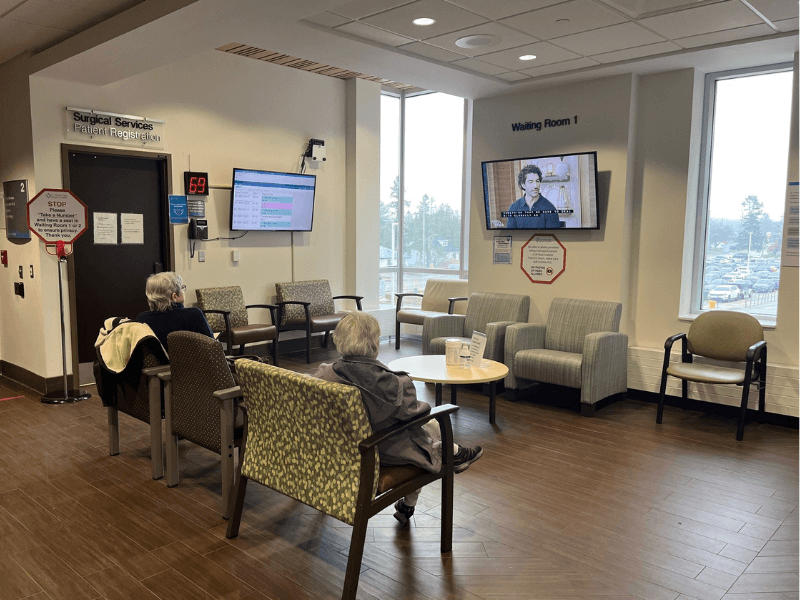
Please have a seat in the waiting room until your number is displayed on the screen. When your number appears, proceed to the office to complete the registration process. Please have your health card ready.
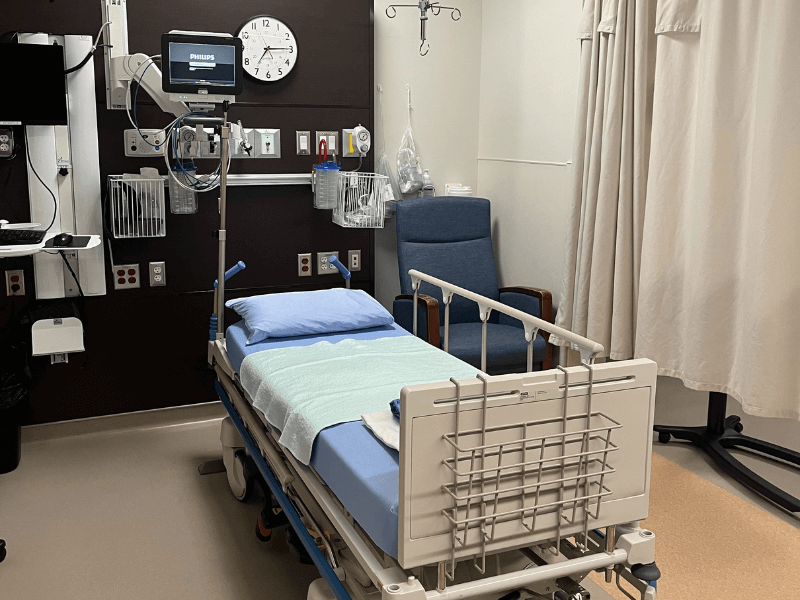
A nurse will bring you in to Outpatient Surgery (OPS) in order to prepare you for your surgery. They will have you change into a gown and ask you several questions about your medical history, medications and when you last ate or drank. This information is critical to ensure that you are safe during your surgery.
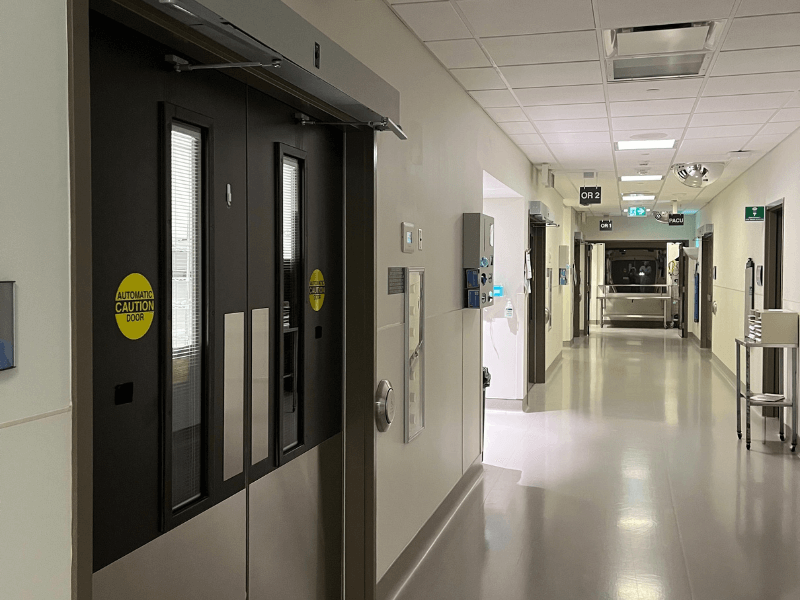
We have four operating rooms at STEGH, and a number of talented Surgeons who specialize in orthopedics (hip/knee replacements), urology, endoscopy procedures, general surgery, gynecology, ear/nose/throat, Maxillofacial, and much more.
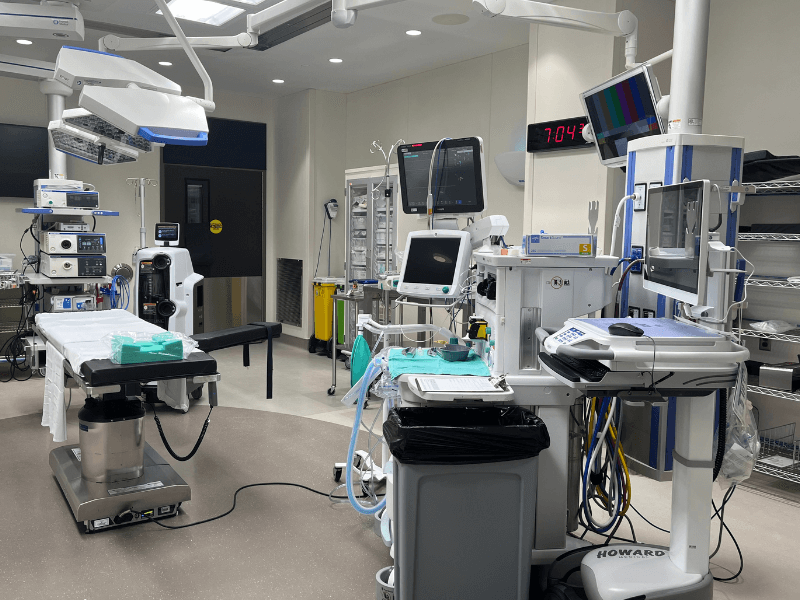
The operating rooms are similar to what you see on television. They are bright and house many high-tech pieces of equipment. The surgical team consists of the Surgeon, Anesthetist (who looks after keeping you asleep during your surgery), Anesthesia Assistant, Nurses and OR Attendants.
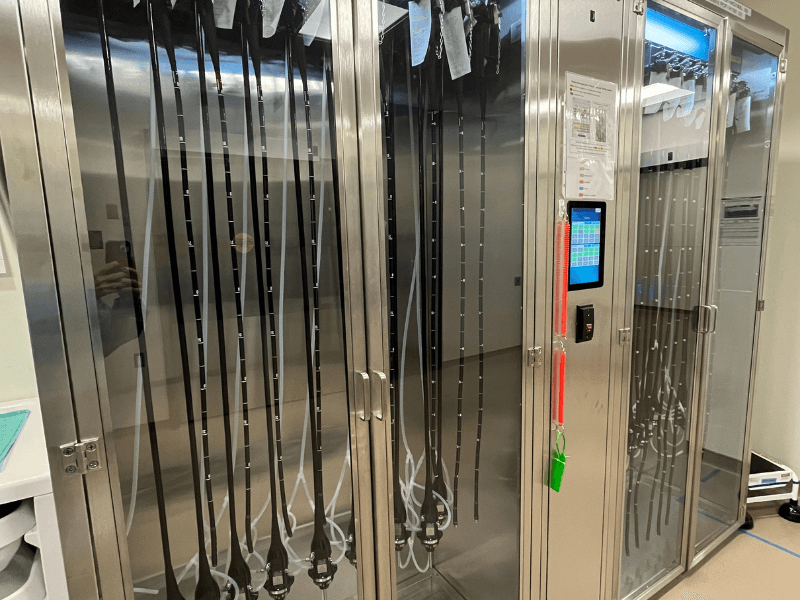
If you are coming to the hospital for a colonoscopy, or upper gastrointestinal endoscopy, the surgeon will use an instrument that looks like a long, flexible tube. It has a tiny camera on the end that allows them to see inside your body. We store these scopes in a special cabinet that keeps them clean and protected until use.
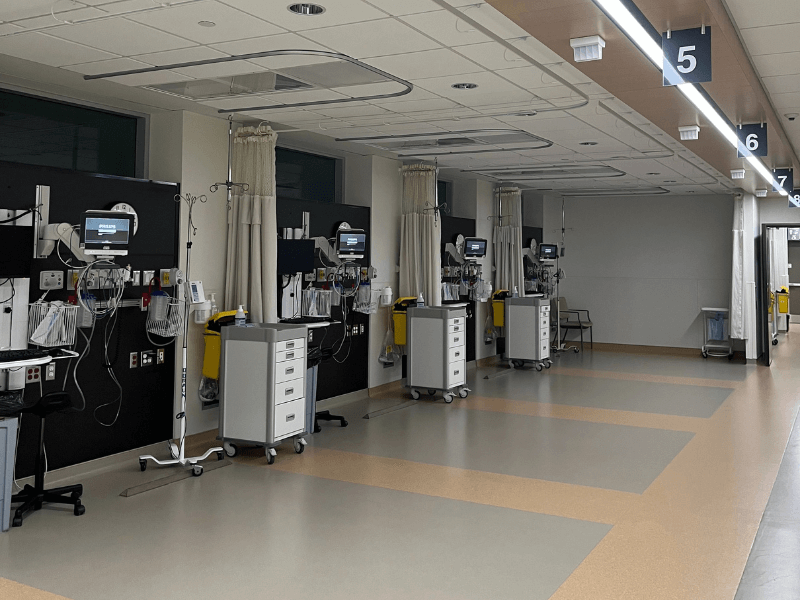
This area is where you will recover after your day surgery until you feel well enough to head home. The curtains can be pulled for privacy, and the layout allows our nursing team to easily keep an eye on everyone.
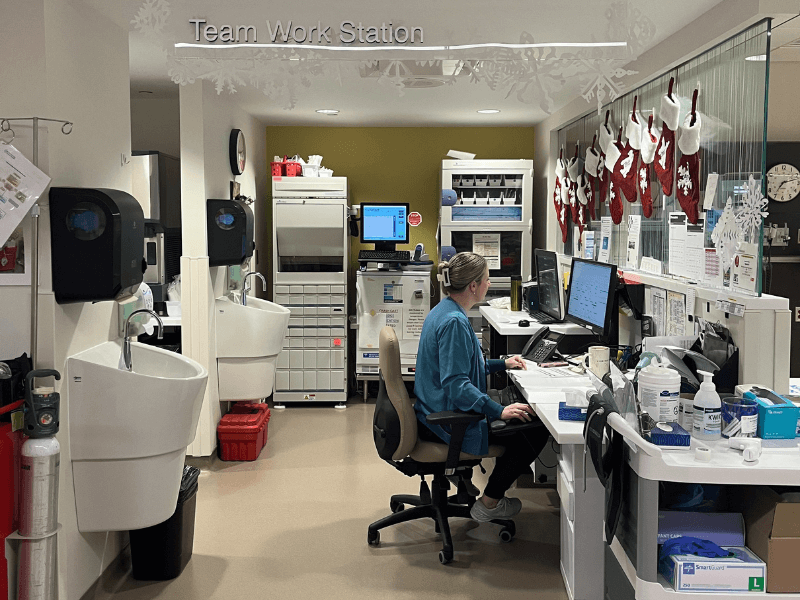
The nursing station is where the nurses complete their administrative duties and is a “central hub” for monitoring all of their patients.
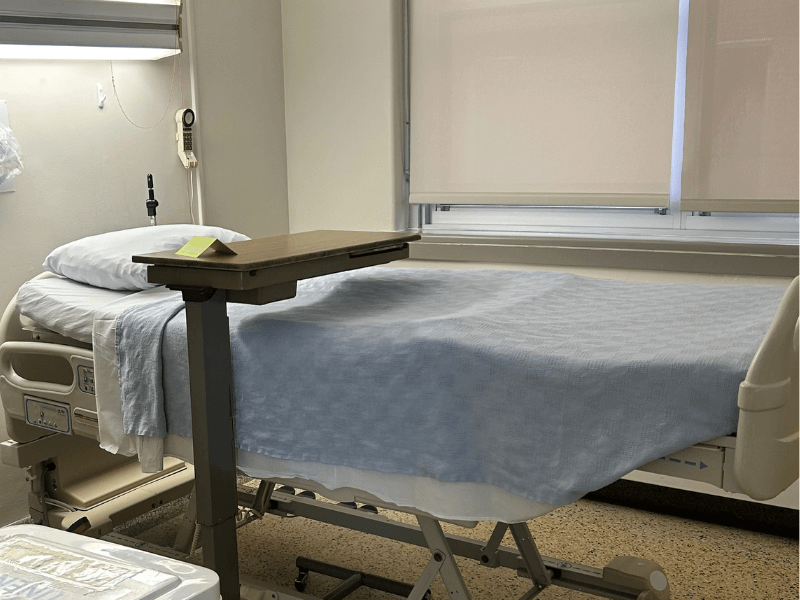
If you need to stay in the hospital overnight following your surgery, you will be taken to 2 Main, which is an inpatient unit on the second floor in the Main Building. Here, a team of health care providers will ensure you are comfortable.
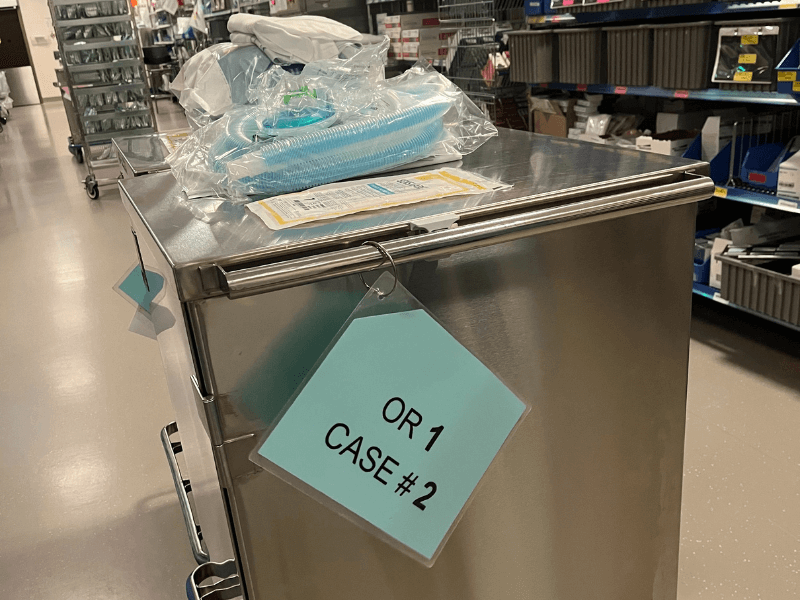
Each day our Medical Device Reprocessing Department, or MDRD, gathers all of the equipment and instruments needed for each surgery. The equipment is transported from the MDRD area to the surgical floor in stainless steel carts on a private elevator system. These elevators are only used for transport of clean, sterile instruments.
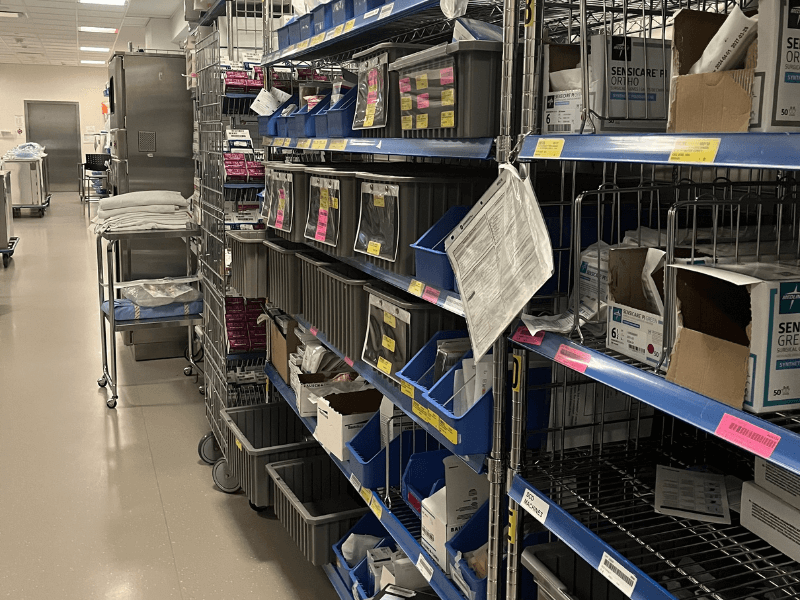
There are lots of items that are needed during surgery. A cataloguing system ensures are our team is able to access them quickly when needed.
Questions?
If you have questions about an upcoming surgery, please contact your surgeon's office.




